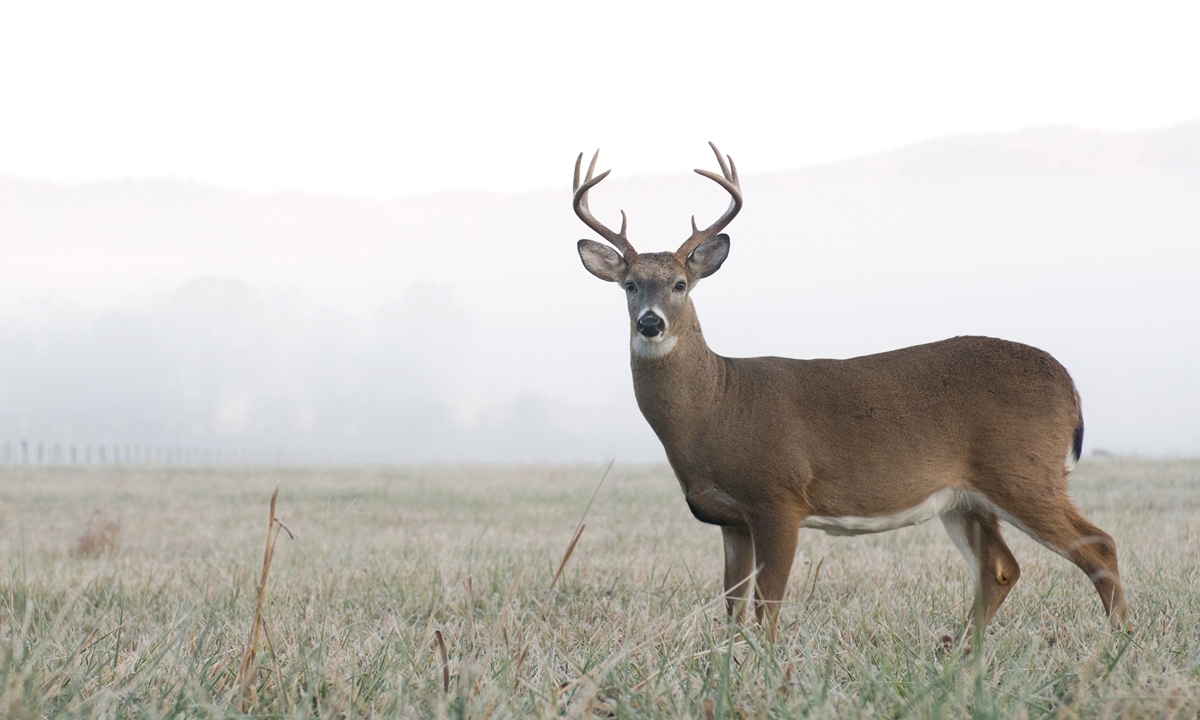We are finally getting to the stage where people are taking a real look at potential reservoir animals, finally because clearly human to human airborne transmission is currently the real issue. But it is increasingly obvious that a whole lot of domestic and wild animals can get COVID-19 with varying degrees of actual illness and varying degrees of viral shedding while infected. Currently we know with certainty only that two closely related types of animal, minks and ferrets, have been demonstrated to be able to reinfect humans, but many other species are starting ti be looked at.
https://www.biorxiv.org/content/10.1....454326v1.full
https://wwwnc.cdc.gov/eid/article/27/9/21-0774_article
While it is unlikely that animal to human transmission will ever constitute a major mode of human infection, the multitude of animal species susceptible to COVID-19, including domestic cats and dogs, suggests that this could remain a fertile ground for the development of new coronavirus variants.
 AIRLINE
AIRLINEPILOT CENTRAL



